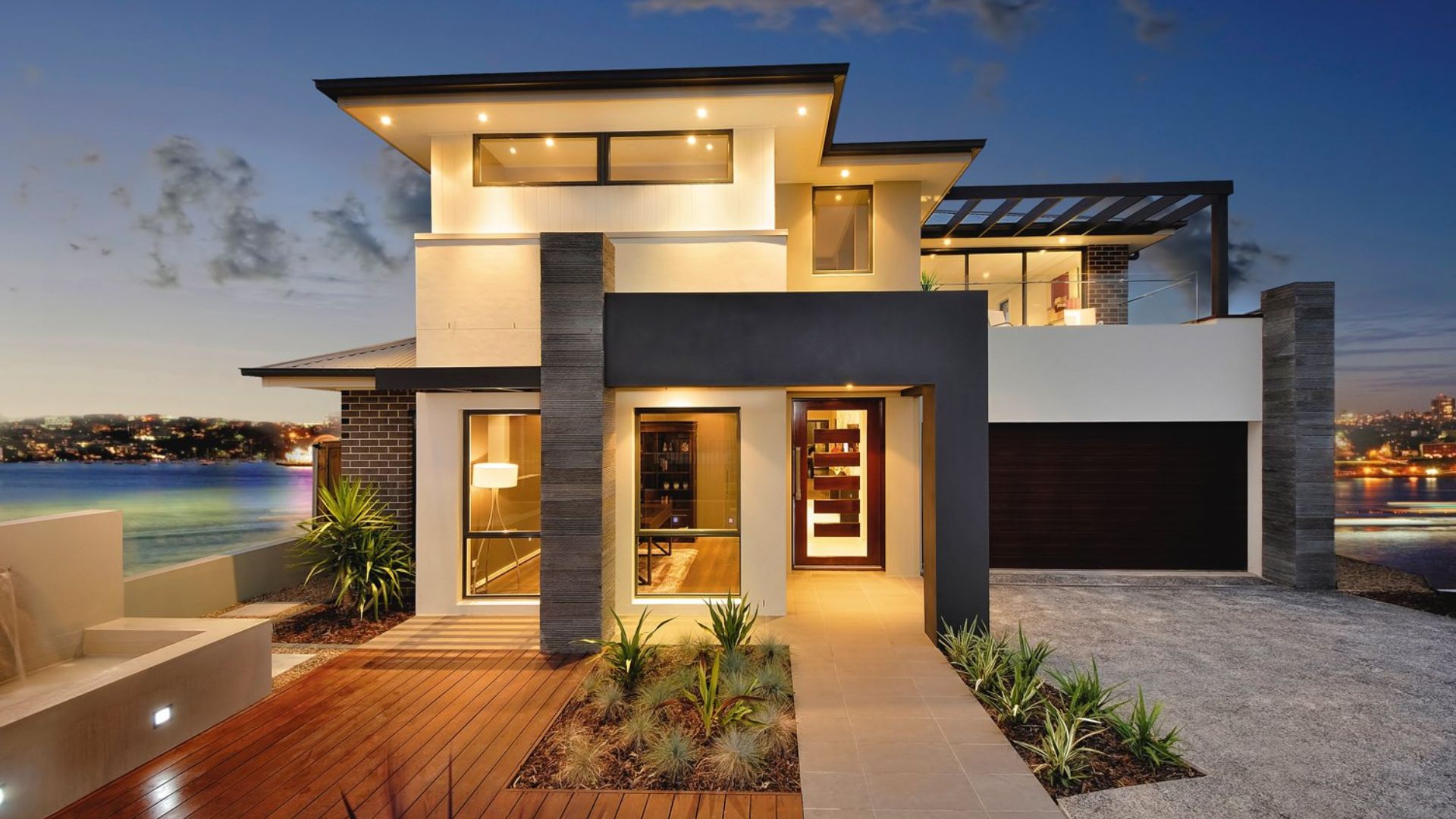
Guidelines for Proper Lighting Design in Residential Facades
- admin
- December 13, 2023
- Facade Lighting
- 0 Comments
Lighting is a critical factor in improving the aesthetics and functionality of residential spaces. Well-thought-out exterior home lighting can turn a simple facade into an attractive focal point. This blog examines the most important rules for achieving good lighting design for House Facade Lighting, resulting in a welcoming and visually pleasing environment.
Residential Facades Lighting
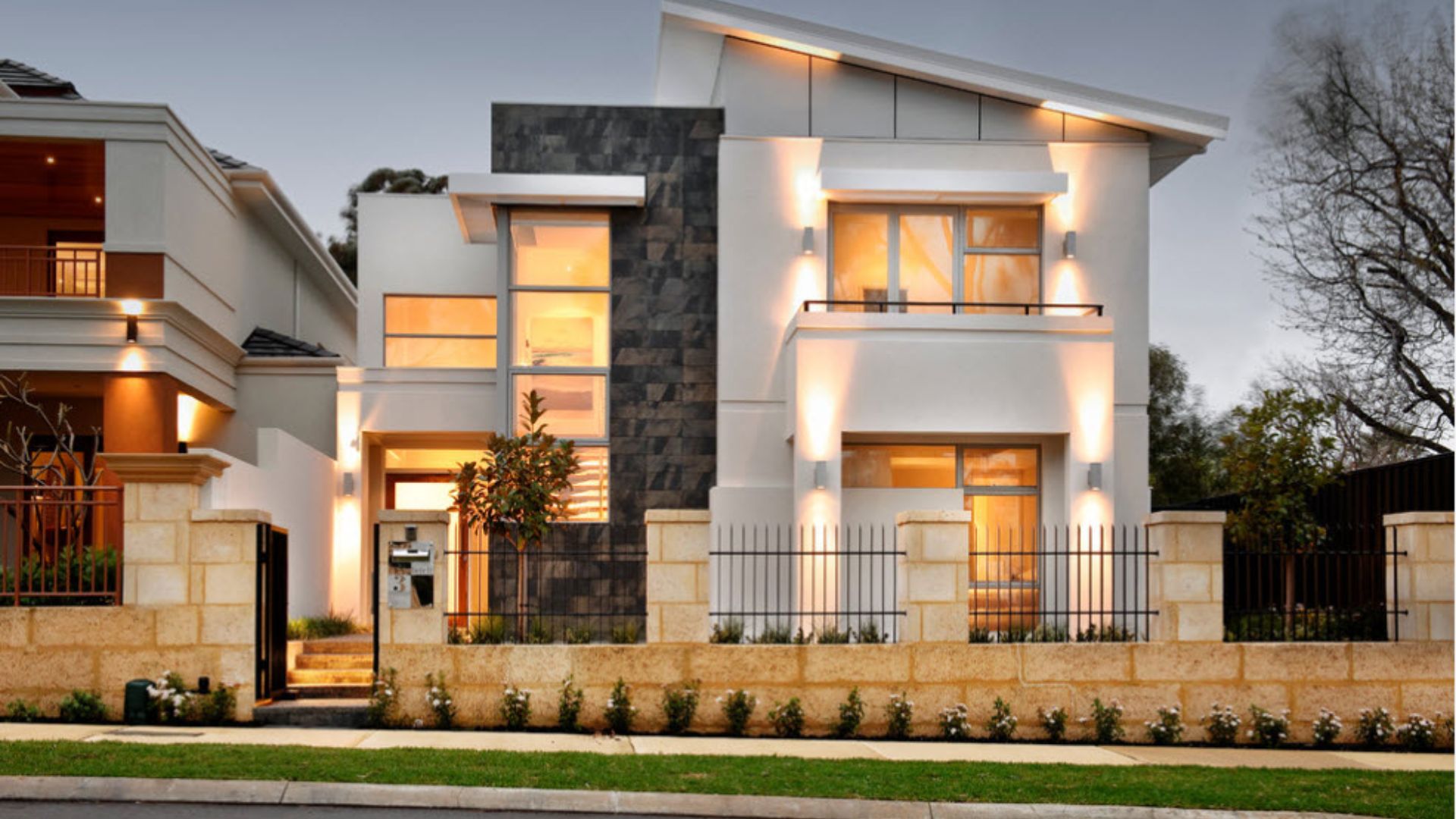
-
Understand the Purpose
Before starting a lighting design, it is essential to understand the function of lighting. Each use requires a different technology, whether it is for security, enhancing architectural details, or creating an inviting atmosphere. For example, track lighting emphasises safety, while accent lighting emphasises architectural aspects.
-
Consider Architectural Elements
Consider your property’s architectural aspects. Proper lighting can draw attention to these parts, improving the overall visual appeal. Spotlights or overhead lights can be deliberately placed to highlight columns, arches, or other architectural aspects.
-
Balance and Symmetry
Achieving balance and symmetry is critical when designing lighting. Avoid focusing all the light on one side, which leads to uneven shadows and worsens the overall effect. Distribute the light elements evenly to create a uniform and visually appealing facade.
-
Choose the Right Fixtures
Choosing the right fixtures is critical to the effectiveness of your lighting design. Choose accessories that match your home and architectural design. Contemporary homes benefit from modern furniture, but historic furniture can add to the appeal of a classic design. Also, consider weatherproof materials for durability and longevity.
-
Mindful Placement
The proper placement of the fixture is crucial to achieve the desired effect. Focus on security lighting pathways and entrances. Highlight the doors with downlights or lamps to create a welcoming feeling. Avoid glare by placing the lamps correctly and directing the light where it is most needed.
-
Customize for Different Areas
Customize your lighting plan for different areas of your residential facade. The front door may need brighter, more inviting lighting, while the garden can benefit from softer ambient lighting to create a more relaxing atmosphere.
-
Smart Lighting Controls
Control and adjust your lighting design with smart lighting controls. Timers, motion sensors, and remote controls offer simplicity and efficiency and ensure your home’s facade is well-lit when needed.
Conclusion:
Thoughtful lighting technology allows for an improvement in the appearance and functionality of residential facades. Homeowners can design a well-lit outdoor space that adds curb appeal and creates a safe and pleasant atmosphere by understanding the purpose, considering architectural features and following these rules. So let your residence’s facade shine by illuminating it with Star facade lights.

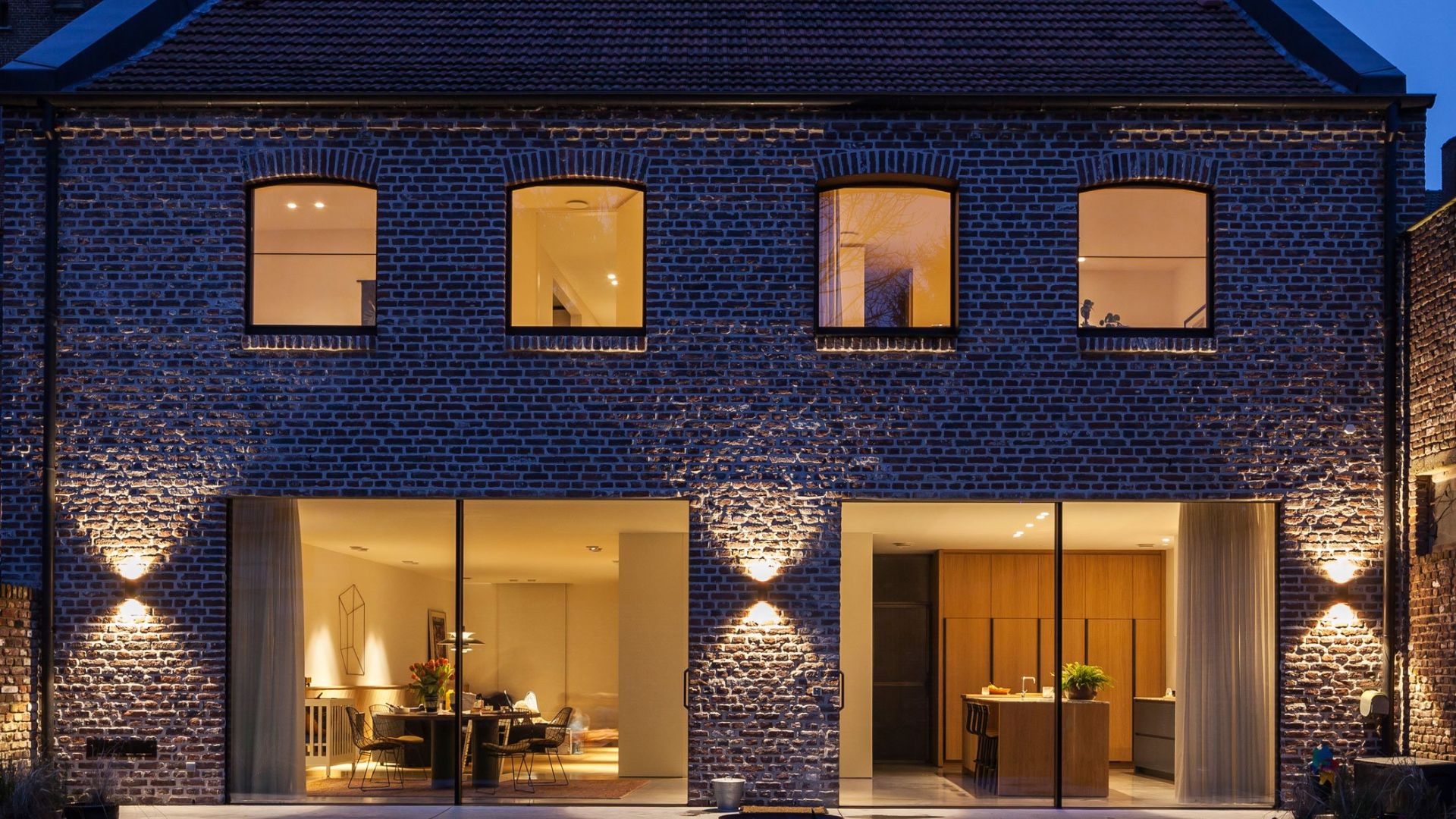
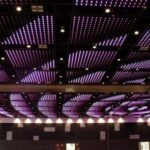
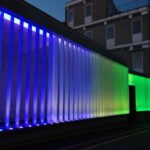

Recent Comments